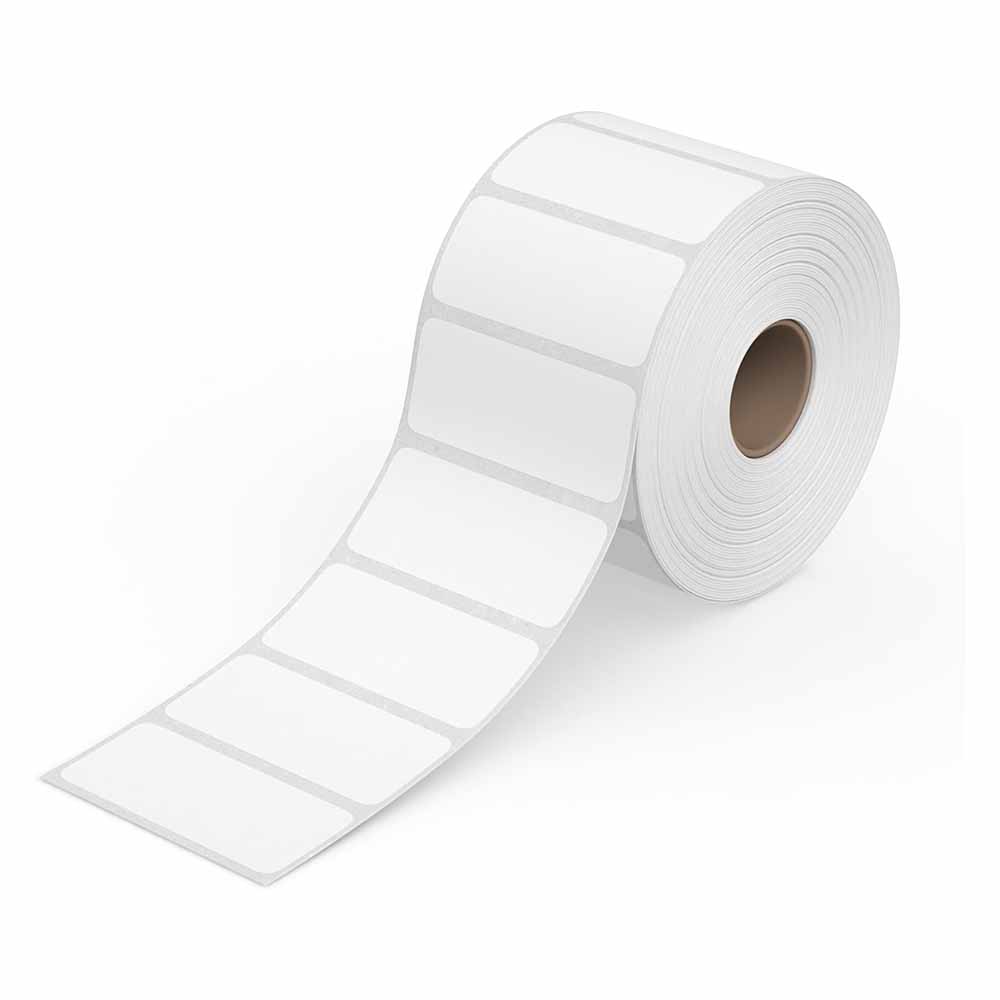What Materials Is Thermal Label Paper Made From?
Thermal label paper is a best-selling option for companies that need high-volume, low-cost labeling. Because of its novel composition, it can deliver clean prints without the need for ink or toner, which makes it practical for several industries. This article discusses the materials used in thermal label paper, its benefits, and its applications, which will enable wholesalers, distributors, and retailers to make informed decisions.
The Basics of Thermal Label Paper
Thermal label paper is only designed for use with thermal printing. It responds to heat from contact or ribbon heat transfer to produce printed text or graphics.
There are two primary types:
- Direct Thermal Paper: This type responds directly to heat and is commonly used in short-term applications (such as shipping labels and receipts).
- Thermal Transfer Paper: This is something that should be done through a ribbon that passes ink to paper; it's more durable and therefore better suited for longer-term applications, like product stickers or barcodes.
Thermal label paper is valued due to its simplicity and efficiency, helping businesses reduce costs and improve operations.
Advantages of Thermal Label Paper
Thermal label paper is characterized by the following properties that suit it for high-throughput usage:
- Cost-effective: Printing using no ink or toner is possible to save operating expenses.
- Rapid and reliable: Printing ensures fast and consistent results.
- Low Maintenance: Thermal printers are generally much easier to maintain than conventional printers.
- Diverse Applications: Suitable for retail, logistics, and healthcare sectors.
These advantages make thermal label paper a choice for businesses that need reliable and affordable labeling solutions.
Types of Thermal Label Paper
Businessmen may select between two main types of thermal label paper, depending on what they are aiming at:
- Direct Thermal Paper: It is preferable for applications where the labels might not be exposed to extreme conditions, e.g.,shipping or food packaging.
- Thermal Transfer Paper: It is ideal for labels that should have durability, like asset tags or outdoor labels, as they withstand fading and environmental damage.
Comprehending these choices helps companies choose the best option for their needs.
Key Materials in Thermal Label Paper
The materials employed in thermal label paper determine its characteristics and resilience. Let's break them down one by one:
- Base Paper: Base paper forms the backbone of thermal label paper. It is primarily composed of pulp that is of high quality, making it suitable for smooth printing. A strong foundation is desirable, as it should be able to withstand abrasion due to printing as well as wear and tear once on.
- Thermal Coating: A thermal coating is applied to the base paper substrate to respond to heat at printing.
This layer has in it:
- Leuco Dyes: They are non colored dyes that become apparent when they are subjected to heat.
- Chemical Developers: These are chemical substances that "turn on" the dyes to produce images of sharpness and clarity.
- Stabilizers: This protects the images produced during printing from fading.
This coating provides the ability to give the thermal label paper sharp, reliable output for its multiple uses.
Adhesive Layer (for Self-Adhesive Labels)
For the surface labels that are to be affixed to the surface, the adhesive layer is attached to the back of the paper sheet.
There are two types of adhesives:
- Permanent Adhesive: This offers strong bonding for long-term applications.
- Removable Adhesive: This leaves the possibility to clean the labels without residue on the surface. These are good for temporary applications.
The adhesive layer allows a wipe label to stay affixed to the surface when it is applied.
- Back Coating: The back coating protects the paper from damage caused by factors like moisture, oil, or even scratching or abrasion. The output is a label with strength, particularly for higher-risk environments such as warehouses and freezers.
- Liner: For self-adhesive labels, a liner or backing paper is adhered to to safeguard the adhesive surface until it is used. Liners are typically siliconized, which allows them to be delaminable and adhesive to a label.
Applications of Thermal Label Paper
Thermal label paper is one type of option that is used industrially; hence, label application is simplified and the time for performing such application is reduced.
There are numerous uses for it:
- Retail: It prints tags with prices, barcodes, and receipts.
- Logistics: For shipping labels, warehouse labels, and inventory management.
- Healthcare: Prescription boxes, patient wristbands to prevent misadventure and test tubes.
- Food Packaging: Useful for marking perishable food products, as it has resistance against moisture and fluctuation in temperatures.
Its versatility has ensured thermal label paper is an asset to wholesalers and distributors supplying these markets.
Considerations When Choosing Thermal Label Paper
Selection of an ideal thermal label paper for your organization will involve you to think of the following:
- Requirements in Terms of Durability: As to whether labels are subject to heat, moisture, and other environmental conditions.
- Printing Type: Determine whether it will be direct thermal or thermal transfer paper.
- Adhesive: Having to choose between permanent and removable adhesives for your labels, you face this decision.
- Printer compatibility: Please ensure that this paper is suitable for your thermal printer model.
- Cost Efficiency: Balance quality on a budget to get your money's worth.
Based on these considerations, firms should guarantee to choose the best Thermal print label paper for their needs.
Thermal label paper is one of the most valuable tools for the smooth management of labeling processes available for companies. As a cost-efficient, versatile option for wholesalers, distributors, and retailers, it has a unique ability to offer a solution that is both cost-effective and reliable. Knowing the materials that are used to manufacture thermal label paper, you will be able to select the appropriate product to meet your specific needs and enhance business operations.

